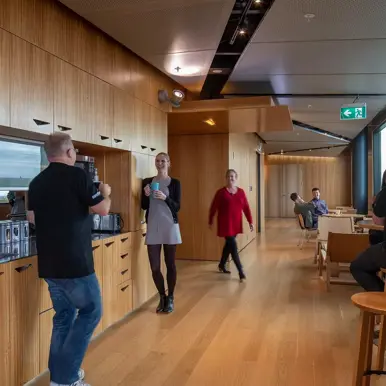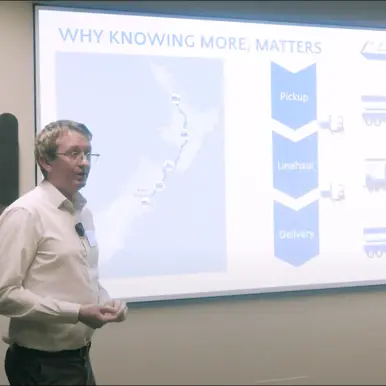The Pareto principle (the 80/20 rule) states that for many events, roughly 80% of the effects come from 20% of the causes.
The principle was named after Italian economist Vilfredo Pareto who in 1896 first observed and studied this distribution.
It is claimed to appear in several different aspects relevant to innovators and business managers.
For example:
- 80% of a company's profits come from 20% of its customers
- 80% of a company's complaints come from 20% of its customers
- 80% of a company's profits come from 20% of the time its staff spend
- 80% of a company's sales come from 20% of its products
- 80% of a company's sales are made by 20% of its sales staff
This maps nicely to what we observe happens in many IT departments with regard to spending.
Most organisations spend 80 to 85% of their budgets on Business as Usual projects (BAU) - New infrastructure, system maintenance, helpdesk, upgrades, security.
This leaves a mere 15 to 20% for Innovation projects - the very ones that will lead those companies into new markets, initiatives and will have a significant impact on a company's future revenue and profitability.
Many businesses have a clear way to access to dramatic improvements in profitability by focusing on the innovation projects and reducing the spend on the rest, as appropriate.
To pull this off requires commitment, vision and effective supplier partnerships.
What we have found makes the difference with our customers is;
- Open relationships based on trust
- A long term focus on achieving the best outcome
- An intimate understanding of the business and strategy
- Quality software built and delivered
- Not being afraid to challenge thinking and status quo
Money, time and focus are the scarce commodities and must be channelled where they can deliver the greatest benefits.
This really is what defines an organisation's ability to innovate, maintain a competitive edge and flourish in the future.












